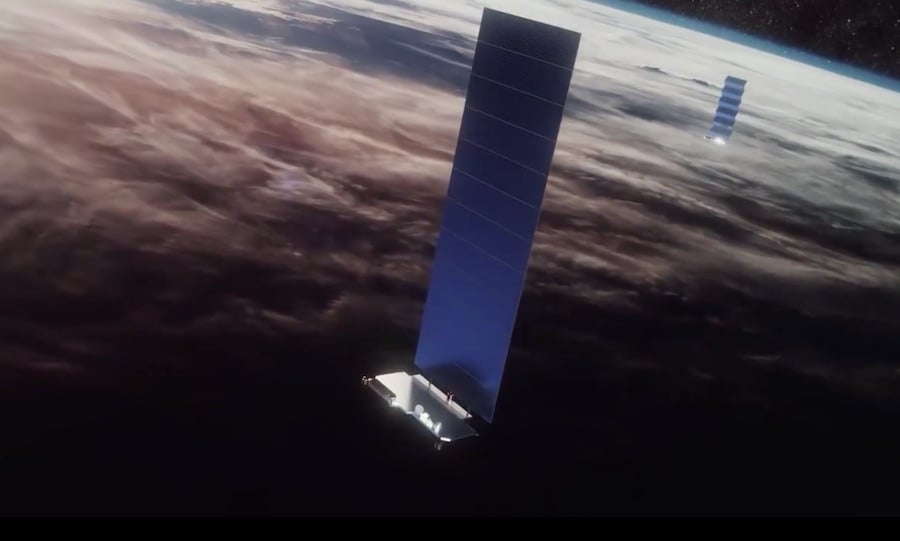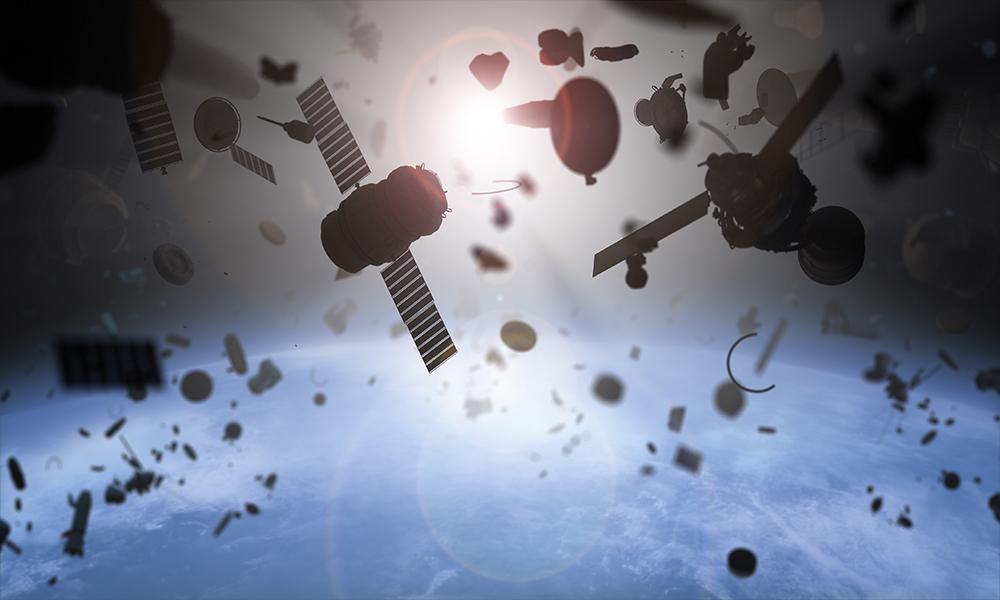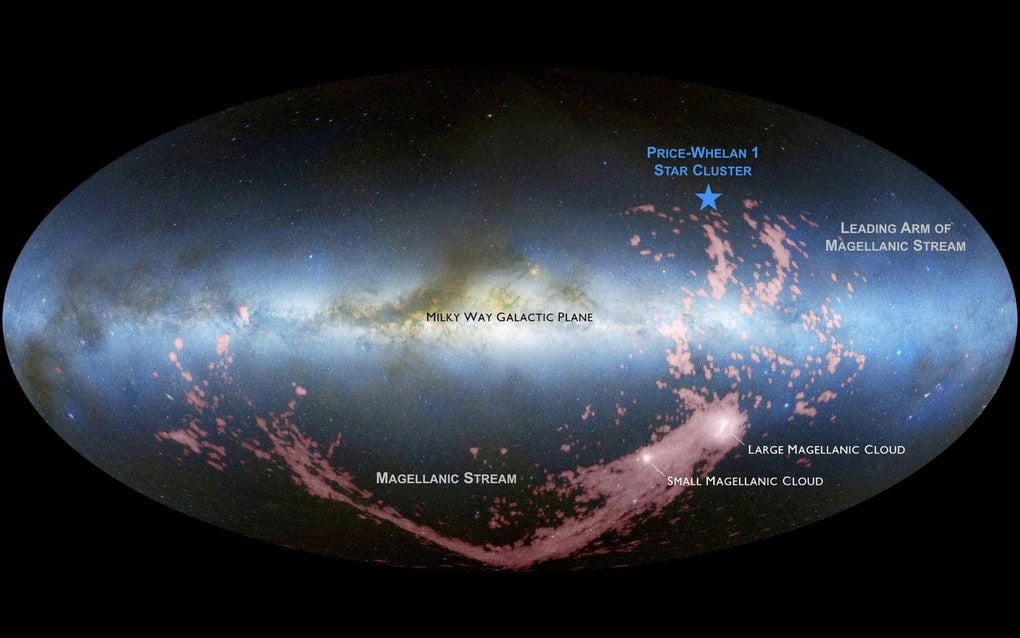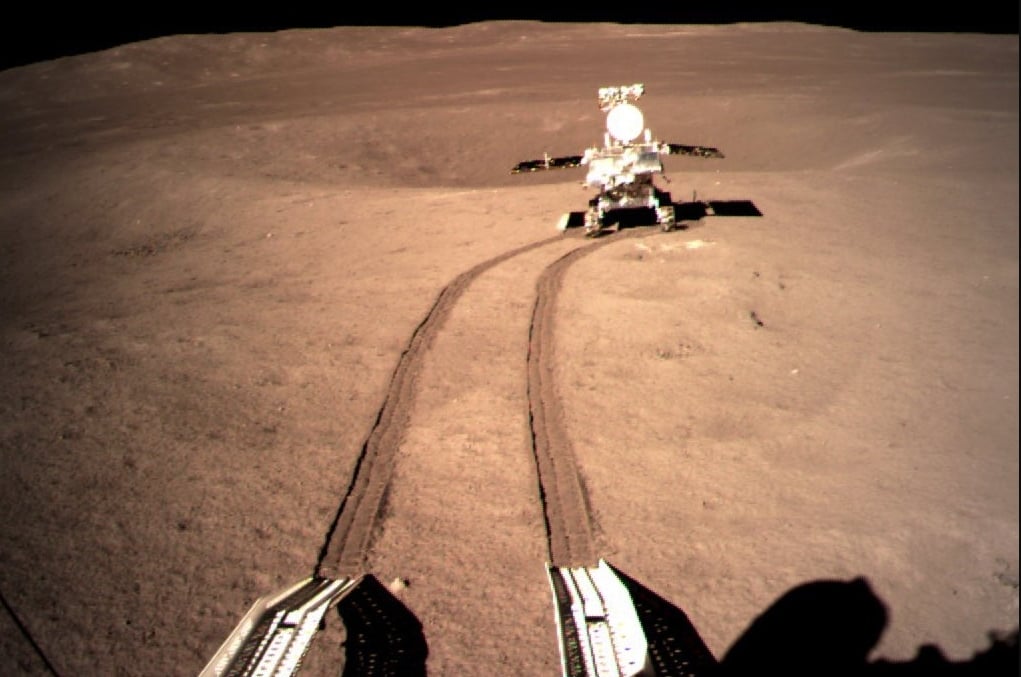
By now, you've no doubt heard of (or seen) Starlink. SpaceX's mega-satellite constellation has become a permanent fixture in our skies as of late, with several routine passes on any given week. But have you seen the supposed 'black sheep' of the flock, DarkSat?
Continue reading

China's Chang'e-4 mission just released a trove of data collected by the lander and rover during its year-long exploration of the far side of the Moon.
Continue reading

A new study has shown how gas giants (like Proxima c) can exist around Red Dwarf suns, the most common type of star in the Universe
Continue reading

Continue reading

Continue reading

Continue reading

Boeing has released a highlight reel made from footage that was taken from the inside of the Starliner capsule during its recent test flight.
Continue reading

Continue reading

Continue reading
Continue reading

Continue reading
Continue reading

Continue reading

This image of Phobos in the sky above Mars was taken by Curiosity in 2012 and was recently refurbished by famed NASA software engineer Kevin Gill.
Continue reading

Continue reading

Continue reading

SpaceX nailed the in-flight abort test of its Crew Dragon capsule this weekend, putting them one step closer to sending astronauts to the ISS from US soil!
Continue reading

Scientists have found six objects near the center of our galaxy that orbit Sagittarius A. These objects appear to be a new class of object that astronomers have never before seen.
Continue reading

On Saturday morning, Jan. 18th, 2020, SpaceX and NASA will be conducting the in-flight abort test of the Crew Dragon, bringing it one step closer to sending astronauts to the ISS.
Continue reading

Continue reading

Continue reading

The European Space Agency is looking to recruit amateur astronomers to help characterize possible secondary targets for the upcoming Hera asteroid rendezvous mission.
Continue reading

Continue reading

Continue reading

A new study has shown that optimal global satellite coverage can be achieved with just four satellites, and in a very cost-effective way.
Continue reading

Continue reading

Continue reading

A new study by researchers from the University of Warwick shows how Gamma Ray Bursts can only occur with binary systems.
Continue reading

Continue reading
Continue reading

Continue reading

Continue reading

The SuperTIGER-2 flight just completed its second tour around Antarctica in its mission to determine the origin and nature of cosmic rays.
Continue reading

Using the SOFIA telescope, a team of NASA astronomers have conducted the most detailed survey of the interior of the Swan Nebula to date.
Continue reading

Continue reading

A new study led by Princeton researchers has confirmed that in the long run, hot Jupiters are destined to be devoured by their suns.
Continue reading

Using data from Hubble and the gravitational lensing technique, a team of astronomers have found definitive evidence that Dark Matter is indeed "cold".
Continue reading

Continue reading

Continue reading

Continue reading

A new study presented at the 235th meeting of the AAS this week shows how star formation is already happening thanks to the expected collision between the Milky Way and the LMC.
Continue reading

Continue reading

During its 370 days on the lunar surface, China's Yutu 2 rover has broken multiple records - including distance traveled and total time spent on the surface.
Continue reading

Continue reading
Continue reading

Continue reading

NASA has given us a taste of what the WFIRST will be able to see when it takes to space, previewing what the power of 100 Hubbles will look like.
Continue reading

Continue reading

Ready for the first lunar eclipse of the year? The first eclipse season of 2020 comes to an end Friday, with a penumbral lunar eclipse. This season overlaps with 2019, when it kicked off with the Boxing Day annular solar eclipse of December 26th, 2019.
Continue reading

Continue reading

 Universe Today
Universe Today











































